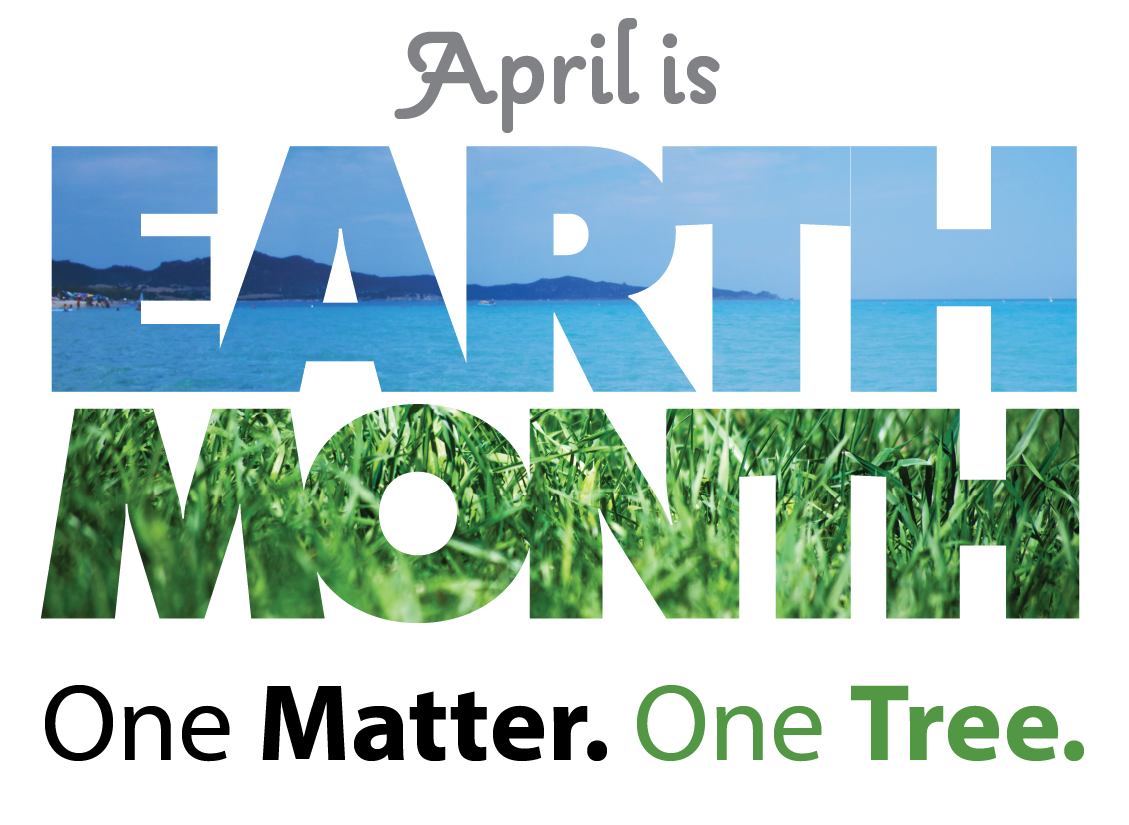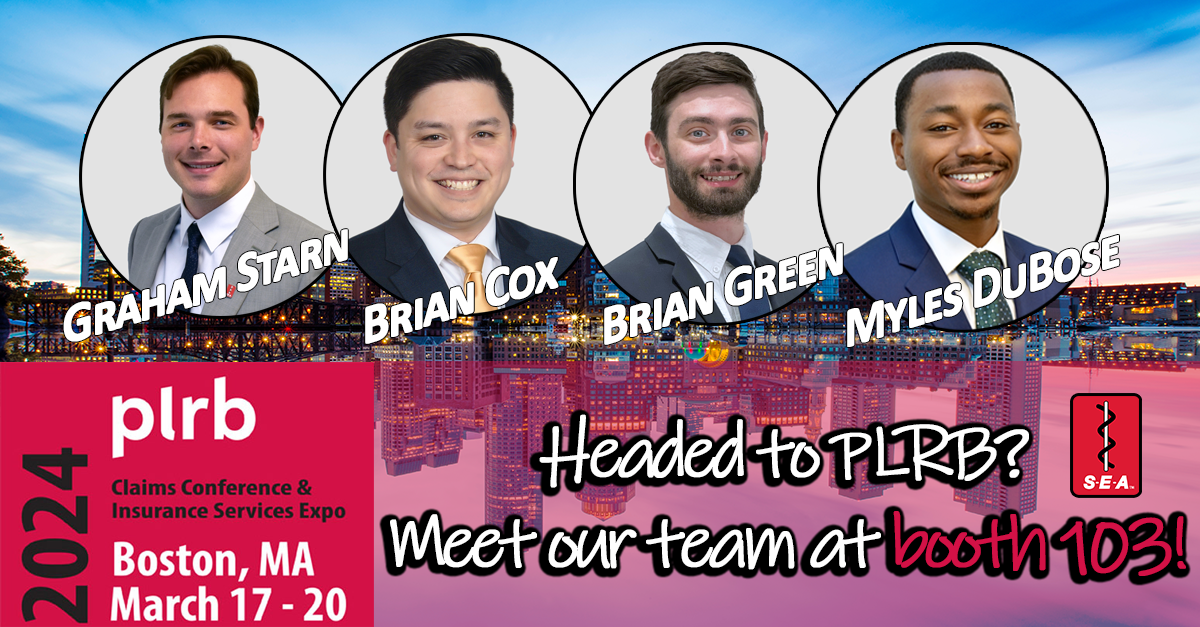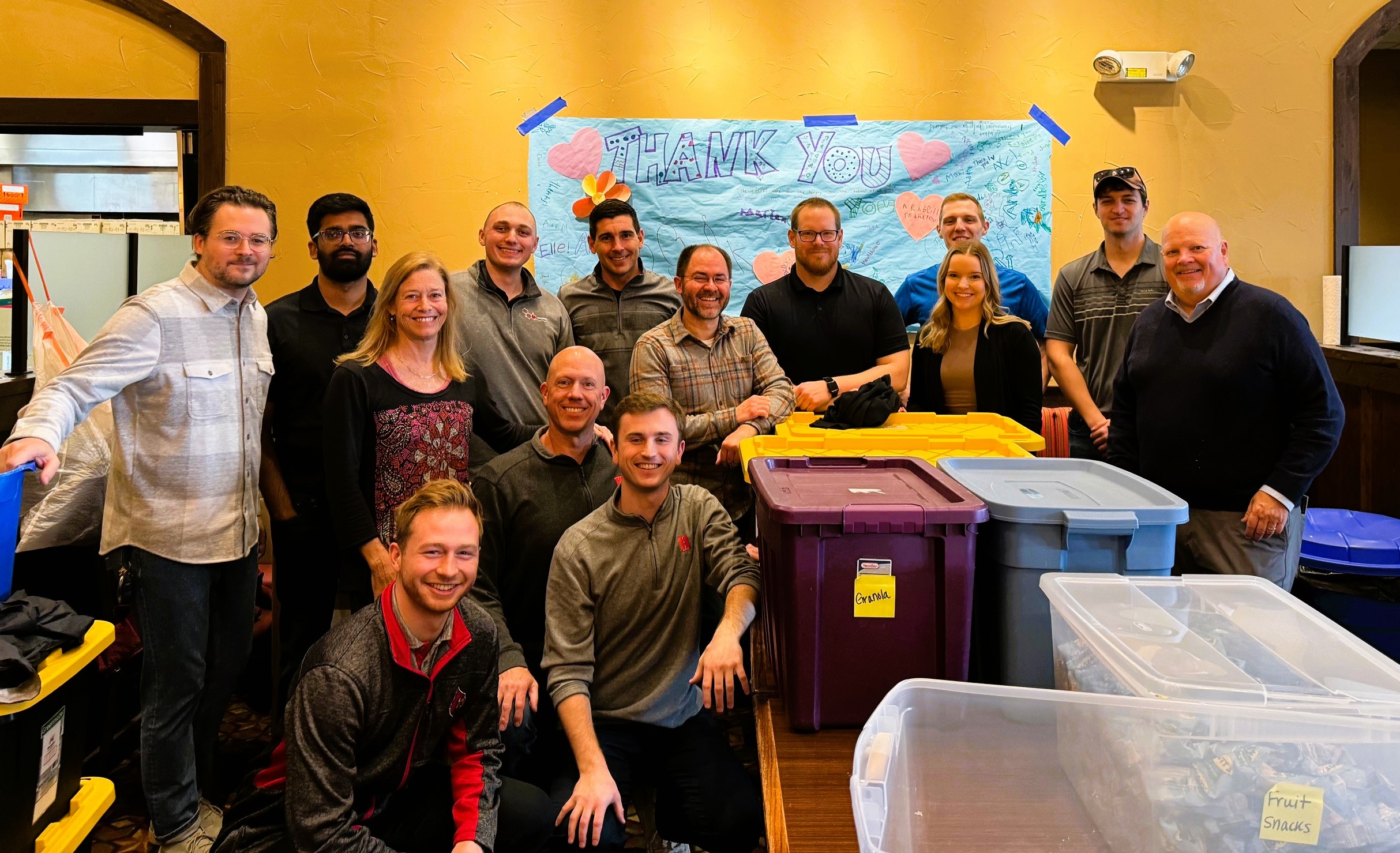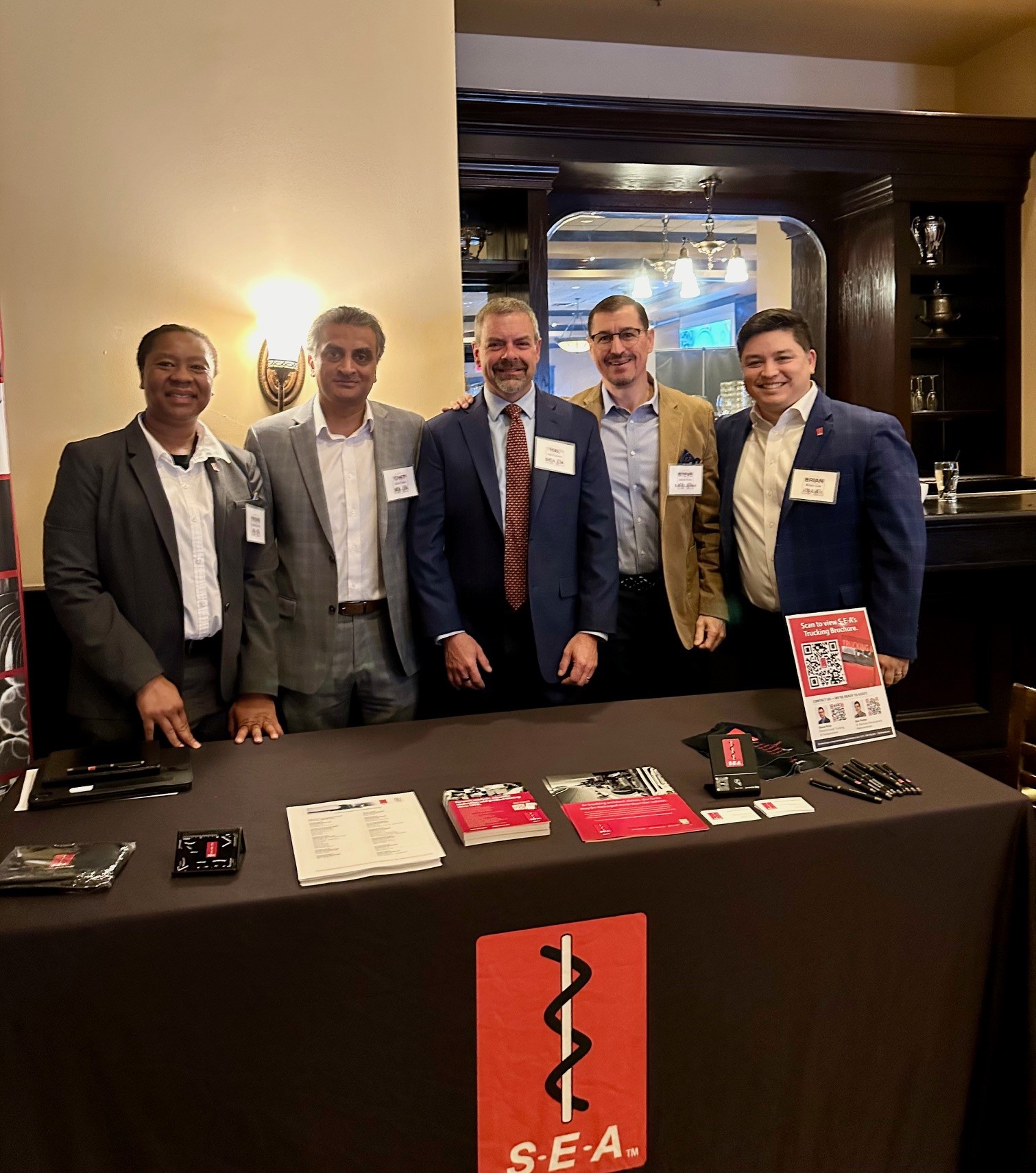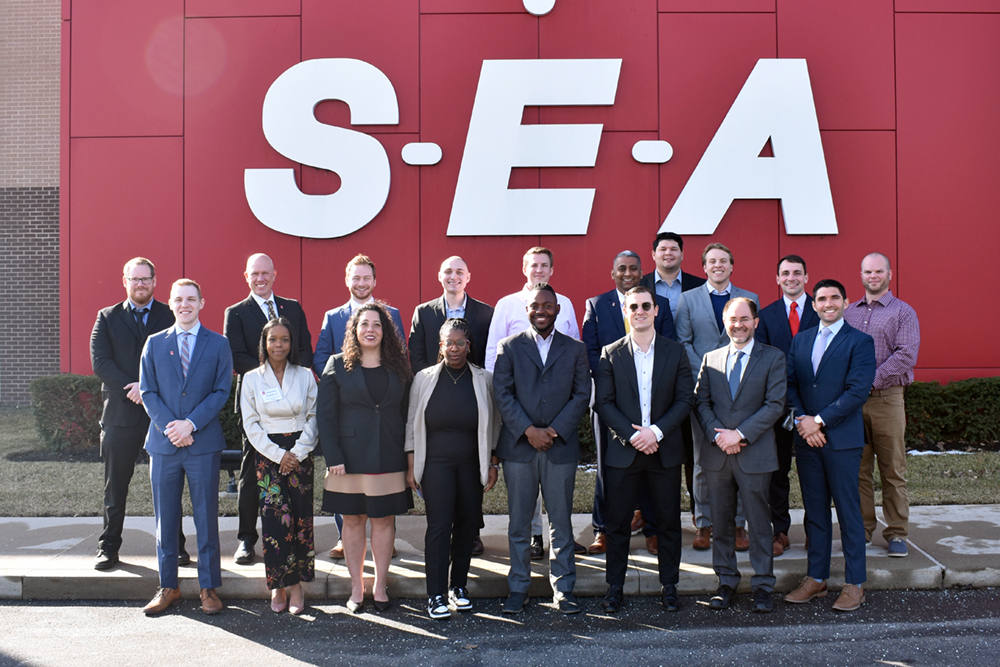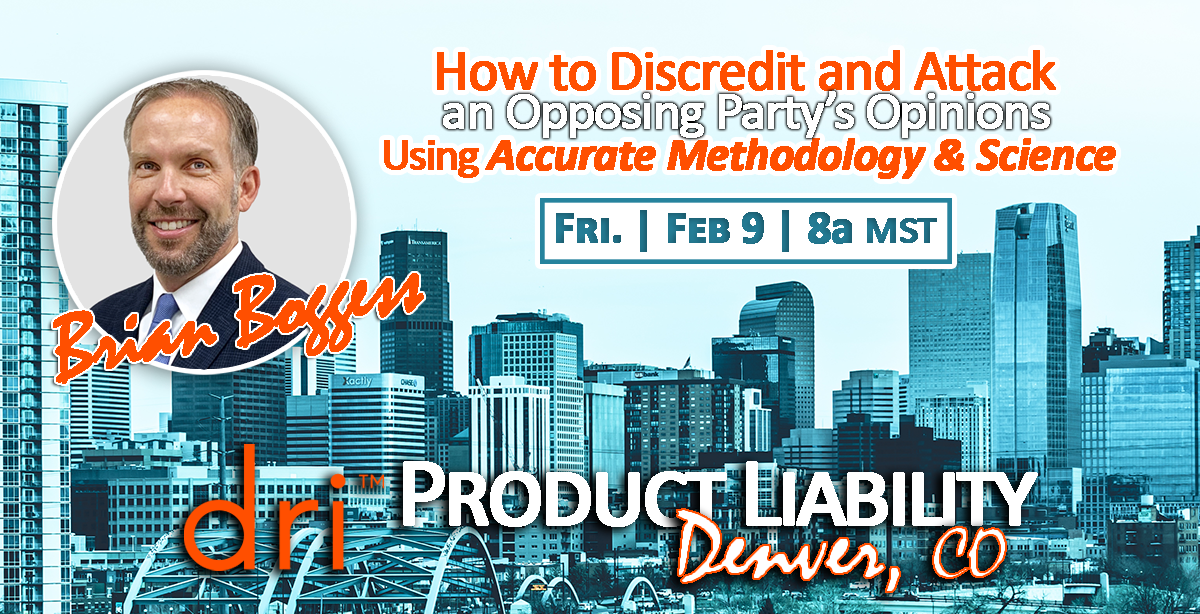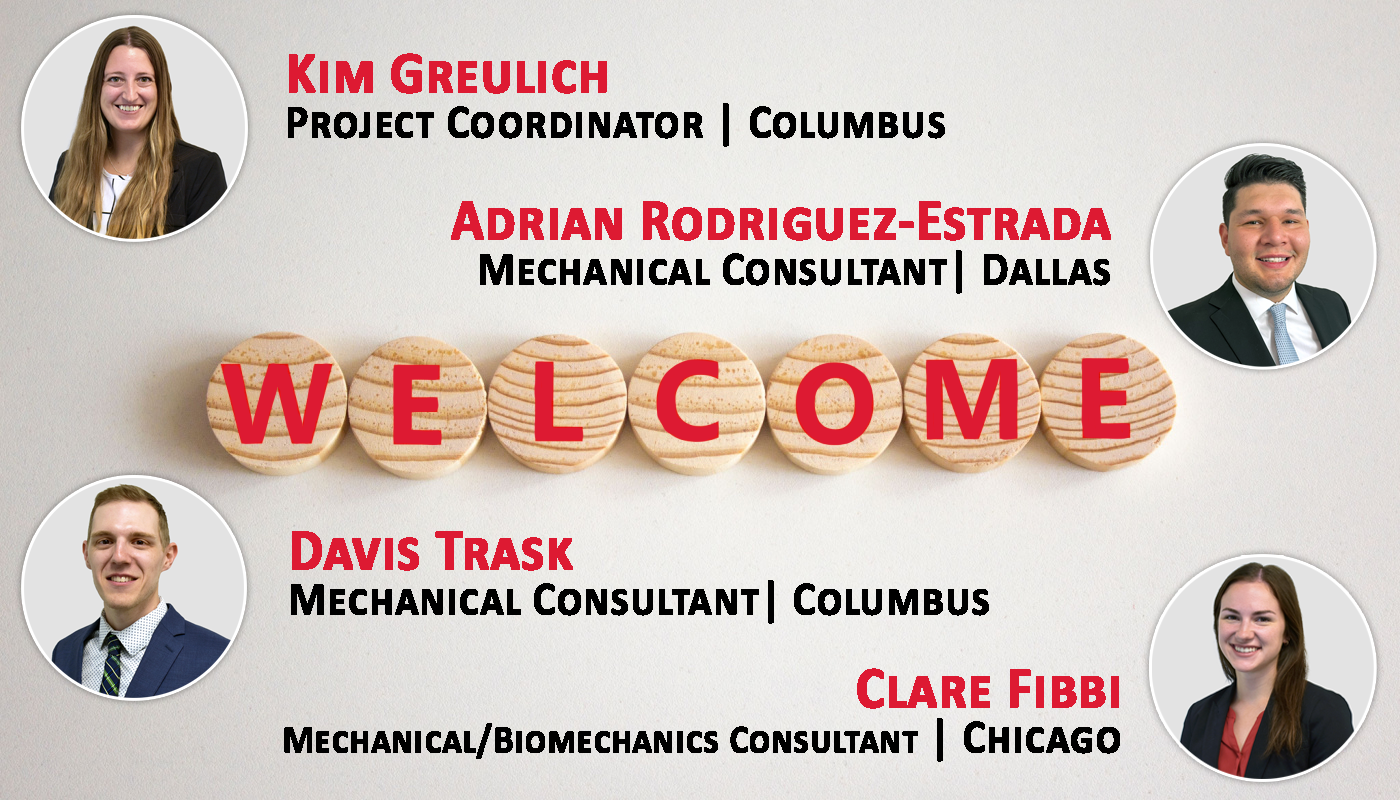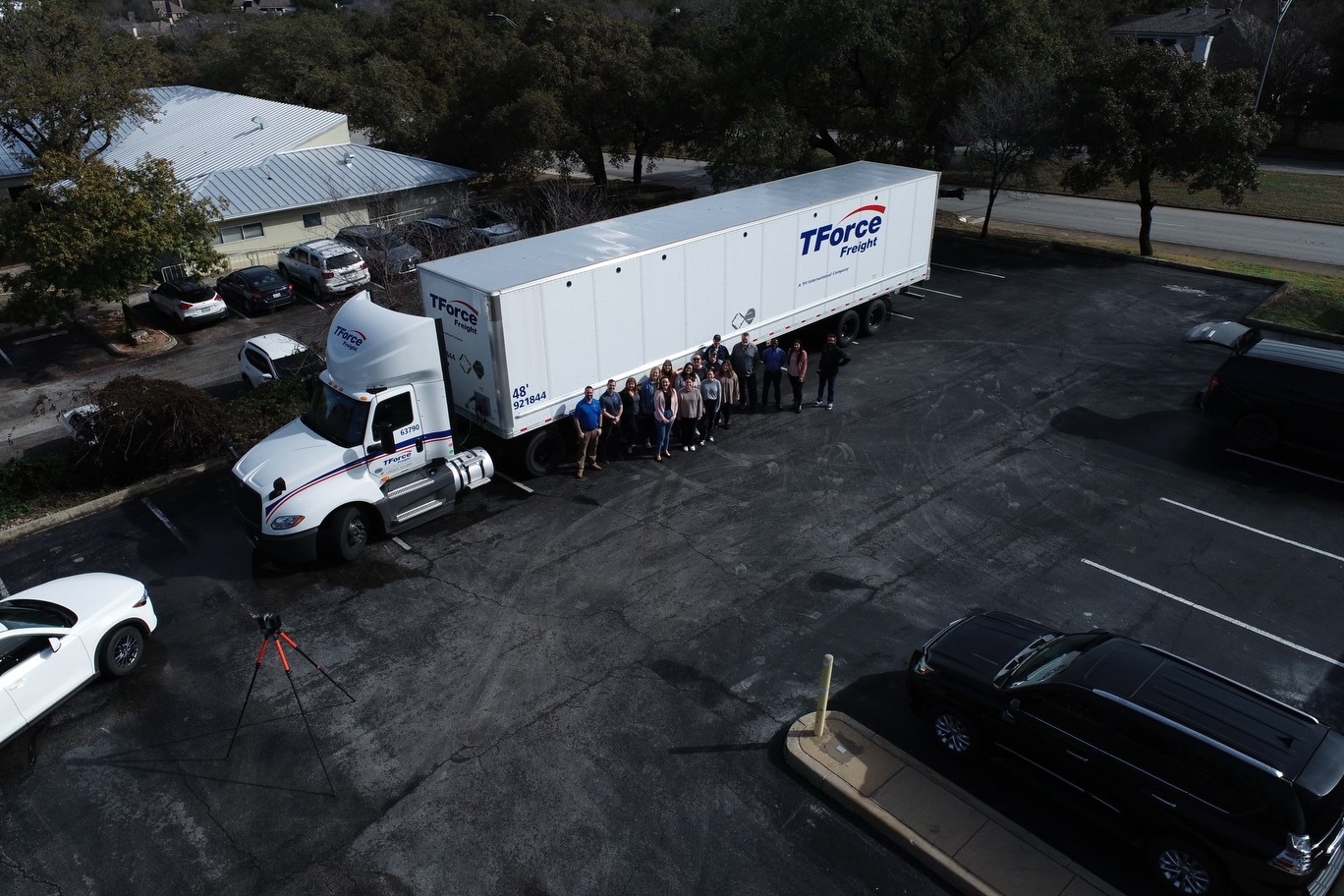| Events
S-E-A Celebrates Earth Month
S-E-A is going green in April to celebrate Earth Month! We are often witness to the aftermath of ...
Read More | News
Welcome New hires
Join us as we welcome a group of new hires to the S-E-A team! Benjamin Iverson | Materials AnalystCaleb ...
Read More | Events
S-E-A Exhibits at PLRB
Meet our team headed to Boston next week for Property & Liability Resource Bureau Claims conference! Be sure to stop ...
Read More | News
S-E-A Columbus Volunteers with Feed The Kids
Feed the Kids Columbus is an amazing organization providing nutritional meals and snacks to food insecure children in #CentralOhio. This ...
Read More | News
S-E-A Presents at Trucking Boot Camps
The first round of #TruckingBootCamps are in the books! Thank you to all who came to Atlanta and Orlando last ...
Read More | News
S-E-A Welcomes New hires!
Join us as we welcome a group of new hires to the S-E-A team! Tom Bonadies - Mechanical Consultant ...
Read More | Events
S-E-A Hosts New Hire Orientation
We loved having a group of our new hires in Columbus for orientation! The team sat in on ...
Read More | Events
New Employees Head to Corporate for Technical Boot Camp
Our Training Team had a great time welcoming a group of new technical hires from our offices around ...
Read More | Events
Brian Boggess Presents at DRI Products
S-E-A Discipline Lead, Mechanical Engineering/Vehicle Accident Reconstruction, Brian Boggess, takes the stage Friday at DRI Product Liability with Dennis Ziemba of Eckert ...
Read More | Events
Tara Troxel & An Nguyen Present at DRI Products
Headed to DRI Product Liability in Denver this week? Be sure to check out You've Been Warned, The Future is ...
Read More | News
S-E-A Welcomes New Team Members
Join us as we welcome a group of new hires to the team! Kim Greulich - Project Coordinator ...
Read More | Events
S-E-A Team Joins Touch-A-Truck with EMA Risk
Dallas Mechanical Consultant, Marcos Salinas, St. Louis Mechanical Engineer, Lane Ehlert, P.E., and Charlotte Operations Manager, Steve Price, had a fantastic ...
Read More 

